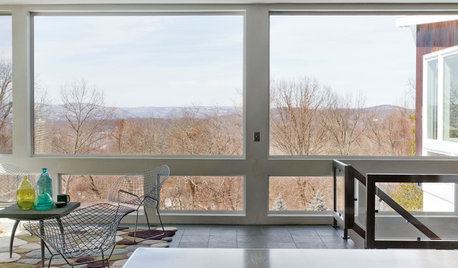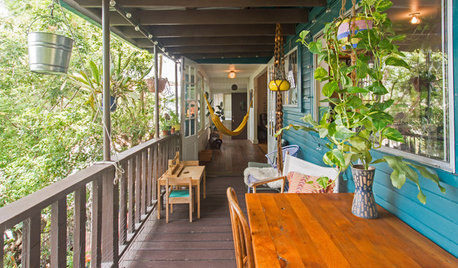Cement And Bondo®
Wear safety glasses! Protect your eyes almost every other
part of you can be cleaned.
When sanding wear both the safety glasses and a fine
particle dust mask. Be safe first and always!
Okay, at first I thought, "Why share this information with
anyone and reduce the awe effect of my work" but then I
figured, "What the hell, people have probably been doing
this for years and it isnt anything new". Besides, the
first stone is really not that impressive anyway; so with
that ego baloney out of the way.
I have made a small bud vase with cement and an empty hot
sauce bottle: Recycle and all that. Well it is easier than
trying to seal the inside of a small vase.
{{gwi:71172}}{{gwi:71174}}
After the cement had cured enough to remove from the mold I
took a rasp and scored (gouged actually) away some of the
cement nothing special. Once the cement had cured a bit
longer a few more days I filled the areas I had carved
(that is a generous term) with Bondo®: the same Bondo® used
by autobody shops for body work.
{{gwi:71176}}
Then I though why not make stepping stones, garden plaques
(markers), or sculptures and use Bondo® to inlay a design
in the item.
So my next trial was a plaque poured with a cement mix 1:3:1
(cement: fine sand: perlite). I will skip the perlite in the
next project.
{{gwi:71178}}{{gwi:71181}}
Anyway, After the cement had cured enough to remove from the
mold I scored a poor facsimile of a bamboo sprig and the
Chinese character for strength in the partially cured
cement and allow the piece to dry.
{{gwi:71183}}
When the cement had cured a bit longer I filled the areas I had carved with Bondo®.
When the Bondo® had cured I sanded away the excess. By the
way the less Bondo® the less sanding. At first I used too
much and had to use a file to remove the heavier areas.
After much sanding "voila" the stone with the bamboo and the
Chinese character was just about finished. I took a sharp
pointed tool and scribed a few vein lines in the bamboo.
{{gwi:71185}}
Now you might ask, "What about the color?"
Thats where I had the most fun: it seems Bondo® can be
thinned and tinted. To thin it use an equal quantity or less
of fiberglass resin, to color use any artist oil colors (I
used some old Bob Ross paints) mix the resin and paint
before adding the hardener (catalyst). You have lots of time
to work the mix before you add the catalyst so add color
judicially until you have the color you want.
For my next project I will add brass filings in the Bondo®
mix. Ill bet it will look great when finished.
So except for the final touch-up thats about it.
Two examples:
{{gwi:71187}}
Cement with Bondo® no color added.
{{gwi:71188}}
Redwood scrap with Bondo® tinted with yellow ochre. Neither
design is an actual Chinese character.






susiesunshine
concretenprimroses
Related Discussions
Making FOUNTAINS out of glazed pots; keeping them clean
Q
Propane Tank Pig
Q
How to repair broken cement swans
Q
My no-backsplash backsplash
Q
nonacook
Purplemoon